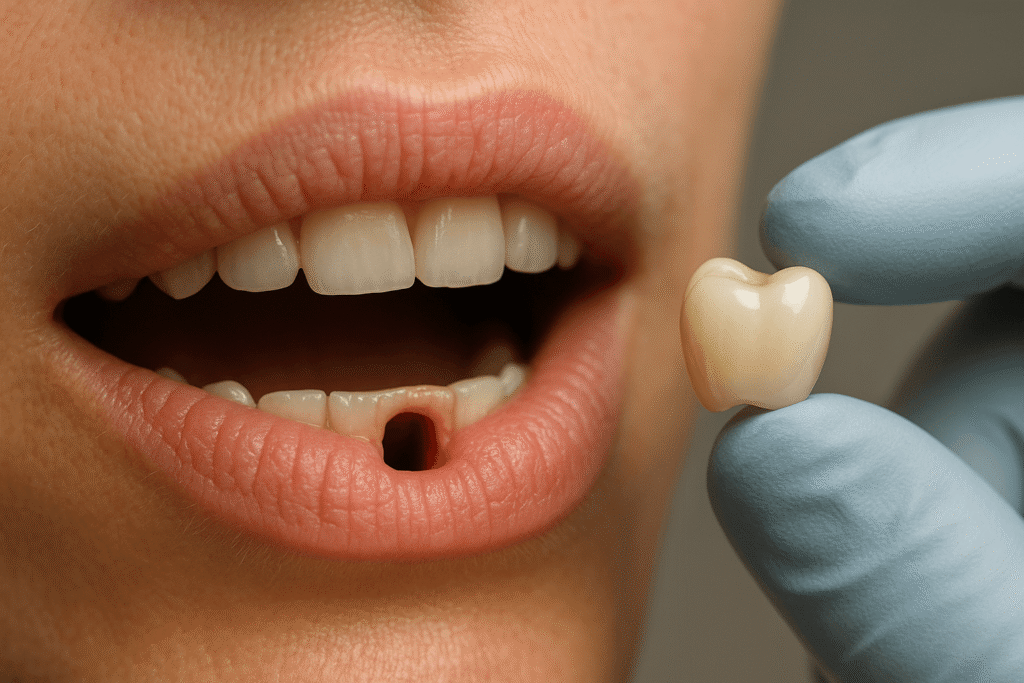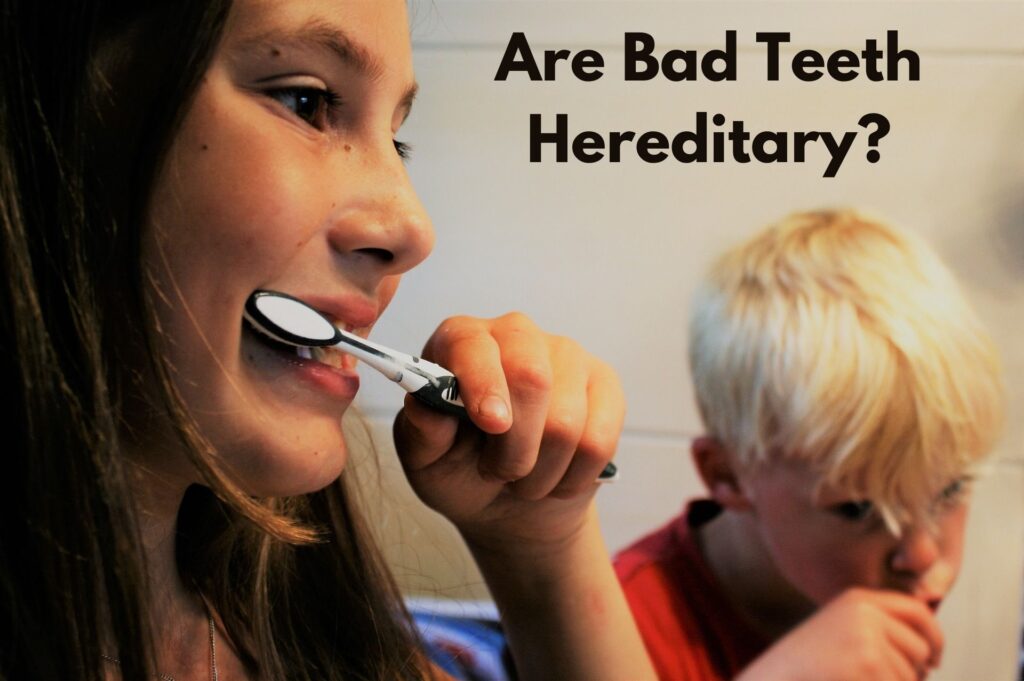
The Tooth Fairy has long been a childhood figure that has captured the imagination of generations. This enchanting legend sparks curiosity in both children and adults, leaving many intrigued by the question: is it real? As we dive into the mysteries surrounding this myth, we explore its origins, its cultural significance, and the scientific perspectives that shed light on why this tradition has a special place in the hearts of so many.
For kids around the world, losing baby teeth often becomes a moment of wonder and excitement. Placing those tiny treasures under their pillows, they eagerly await a magical being to exchange their lost teeth for a surprise. While this tradition brings fantasies to life, skeptical grown-ups and curious children alike may ponder its meaning. Whether it’s about maintaining a belief or simply enjoying the magic of it all, the Tooth Fairy embodies the joy of childhood traditions while weaving its charm into everyday family life.
Where Did the Tooth Fairy Come From?
The origins of the Tooth Fairy myth can be traced back centuries and reflect the variations found in cultures around the world. In Norse traditions, the concept of a benevolent creature exchanging lost teeth for treasures began as the “tooth fee.” In early European folklore, children would bury their lost teeth to safeguard against troubles or dark magic. Over time, these traditions evolved into stories of a tooth-collecting mouse or a fairy, cherished for their magic and ability to bring wonder to childhood.
In the modern version of the Tooth Fairy, which became popular in North America during the mid-20th century, parents introduced the idea to encourage dental hygiene in their kids. Exchanging a tooth for a small reward became a way to celebrate growing up while reinforcing positive habits. This beloved tradition, now deeply intertwined with popular culture and children’s stories, has endured as a symbol of comfort and joy, blending diverse cultural beliefs into a universal tale.
How the Tooth Fairy Has Changed Over Time
Over the years, the Tooth Fairy has undergone transformations in its appearance and customs. From simple exchanges of teeth for coins to elaborate rituals involving fairy visits and notes, the concept has adapted to meet changing cultural norms and expectations.
In 2010, the release of the movie “Tooth Fairy” brought this mythical figure to the forefront of popular culture, further shaping its modern understanding. This evolution shows how the Tooth Fairy remains a cherished part of childhood magic while adapting to fit new traditions and family values.
The Science Behind Believing in the Tooth Fairy
The belief in the Tooth Fairy is deeply rooted in folklore and tradition, but its existence has been explored from a scientific standpoint. Studies have examined children’s beliefs as a way to measure cognitive development and their understanding of fantasy versus reality.
While there is no scientific evidence to support the Tooth Fairy’s reality, its role in childhood development and imagination is widely acknowledged by psychologists and educators. This magical tradition continues to inspire creativity and joy, shaping how children process milestones and stories.
Tooth Fairy Traditions Across Cultures
Beliefs and practices about the Tooth Fairy vary across cultures and societies, showcasing diverse ways of handling lost teeth. In some traditions, teeth are buried, thrown, or even fed to animals as part of tooth disposal rituals. These customs often involve figures like fairies, mice, or even dragons and bats, reflecting unique cultural values.
These cultural variations highlight how different societies mark the transition from baby teeth to permanent teeth. Such traditions not only celebrate growth but also reflect broader cultural values, connecting children’s milestones to rich heritage and collective stories.
How the Tooth Fairy Shapes Young Minds
The belief in the Tooth Fairy has a profound psychological impact on children and their families. For many, it’s a source of comfort and excitement during an important milestone moment in their development. The anticipation of a visit fosters a sense of wonder and imagination, making the experience magical.
The exchange of a lost tooth for a small gift or token also reinforces positive behaviors like oral hygiene and resilience in facing change. This cherished tradition not only celebrates growth but also encourages habits that help children navigate milestones with joy and confidence.



